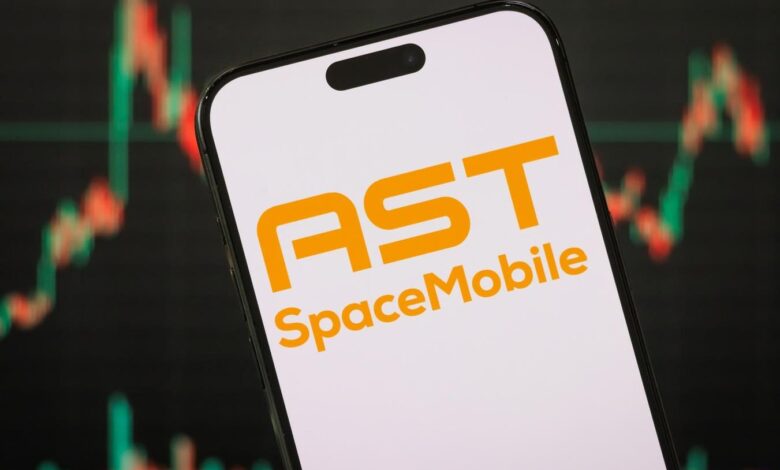Will AST SpaceMobile Stock Continue To Fly High?

📝 usncan Note: Will AST SpaceMobile Stock Continue To Fly High?
Disclaimer: This content has been prepared based on currently trending topics to increase your awareness.
Photo by Cheng Xin/Getty Images
Getty Images
AST SpaceMobile stock (NASDAQ:ASTS) has increased by about 4% in the past week and remains up more than 2x over the last year. The satellite design company is constructing a space-based cellular broadband network that connects directly to standard smartphones without requiring additional hardware. Its services are intended for both commercial use and government applications. In its Q2 2025 earnings update, the company stated that it had confirmed a strategy to launch 45 to 60 satellites into orbit by 2026 to support cellular-based broadband networks. The company aims for orbital launches every one to two months, on average, throughout 2025 and 2026, and indicated that the satellites are fully financed. Currently, AST operates six satellites in orbit and is set to introduce nationwide service in the U.S. by late 2025 through AT&T and Verizon, followed by expansion into the U.K., Japan, and Canada in early 2026.
AST SpaceMobile’s Offerings
There is an ongoing competition to establish broadband services via satellites, with Elon Musk’s SpaceX currently in the lead, having over 8,000 Starlink satellites already in orbit. However, AST SpaceMobile’s strategy is distinct in several ways. While Starlink directly targets consumers by selling hardware and internet subscriptions, AST’s satellites are designed to operate like space-based cellular towers, directly integrating into the networks of existing mobile operators like AT&T, Vodafone, Rakuten, and Verizon. This approach enables users to access connectivity from these satellites using their regular smartphones and existing SIM cards.
For carriers, this value proposition is significant. Collaborating with AST allows them to extend 4G and 5G coverage into deserts, oceans, mountains, and other under-served regions where traditional towers are not economically viable. This enables them to offer truly nationwide or even global coverage to customers. These advantages can enhance customer satisfaction and open up new revenue channels without carriers having to shoulder the hefty costs of rural infrastructure. Rather than marketing directly to consumers, AST generates revenue by charging carriers for access to its satellite capacity, with pricing based on usage or long-term contracts. This strategy could provide AST with a recurring, high-margin revenue model while establishing strong partnerships throughout the global telecom sector. Separately, wonder whether you should Buy Nvidia Stock Ahead of Earnings?
Valuation: It’s All About The Future
With a market capitalization of approximately $16 billion, ASTS is trading at around 260x the consensus 2025 revenue estimates of $60 million. This represents a steep valuation considering the company is in its early operational stages. Nevertheless, growth has been swift, albeit from a small base, with revenues increasing by 249% over the last year to $4.9 million. See ASTS Revenue Comparison. Losses continue to be substantial, with operating losses reported at $260 million over the past 12 months. ASTS has performed significantly worse than the S&P 500 index during various economic downturns. In the 2022 inflation-driven market crash, ASTS stock plummeted 68.5% from a high of $22.50 on February 9, 2021, to $7.08 on June 1, 2021, compared to a peak-to-trough decline of 25.4% for the S&P 500. Read ASTS Dip Buyer Analyses to learn how the stock has rebounded from significant drops in the past. Nonetheless, the company boasts a robust balance sheet, with $924 million in cash and cash equivalents, a debt-to-equity ratio of just 4.3%, and cash comprising nearly half of its total assets. This financial flexibility should provide AST with the capacity to execute its satellite deployment strategy, though investors will need to be patient as the company transitions from technology rollout to commercial-scale revenue generation.
The Trefis High Quality (HQ) Portfolio, consisting of 30 stocks, has a history of comfortably outperforming its benchmark, which includes all three – S&P 500, Russell, and S&P midcap. What accounts for this? As a collective, HQ Portfolio stocks delivered better returns with reduced risk compared to the benchmark index; a smoother ride overall, as illustrated in HQ Portfolio performance metrics.




